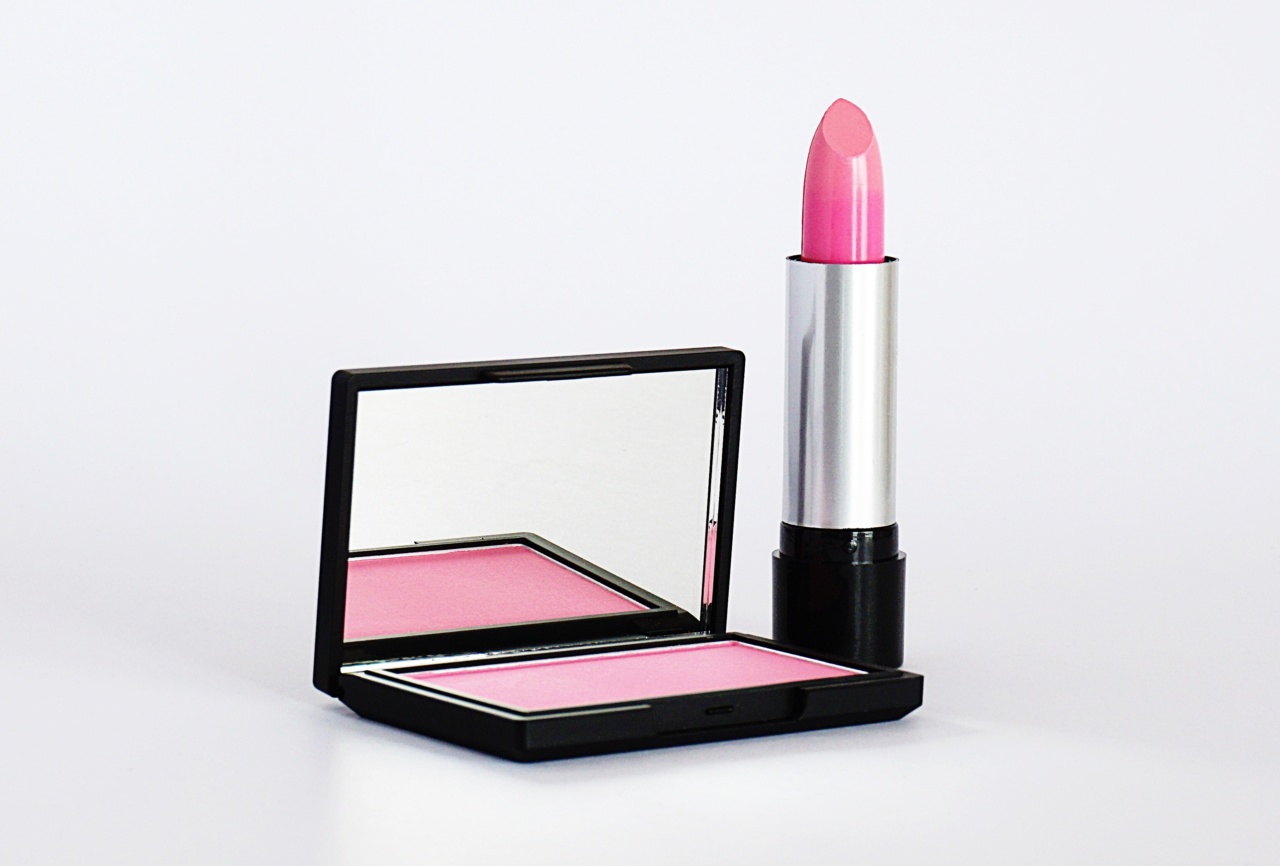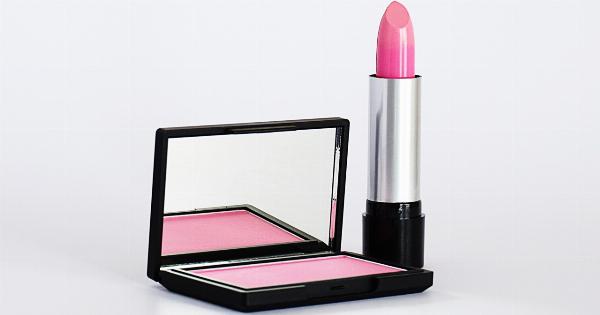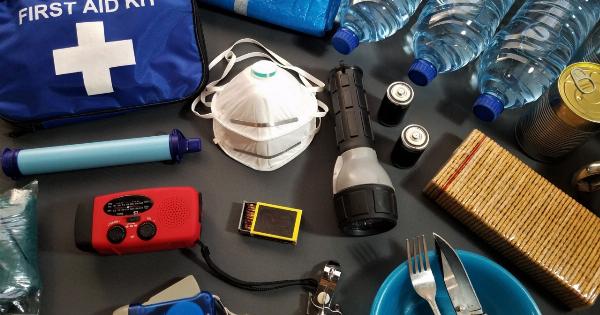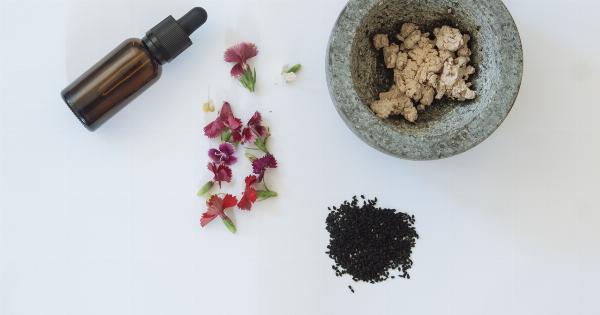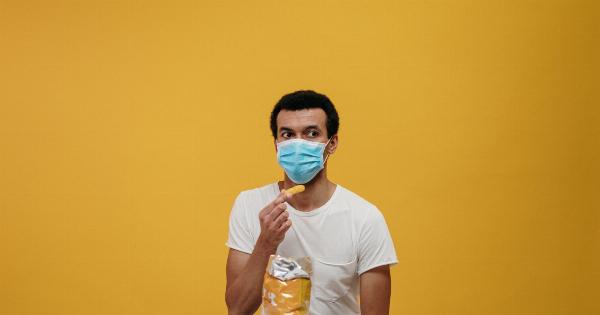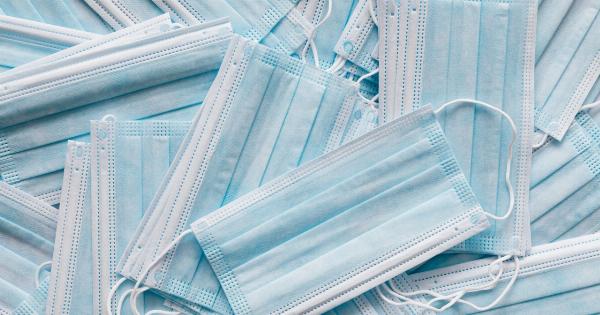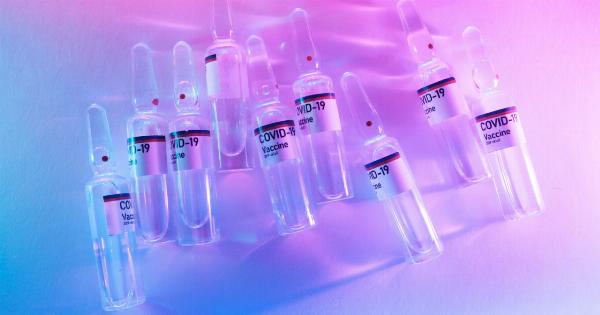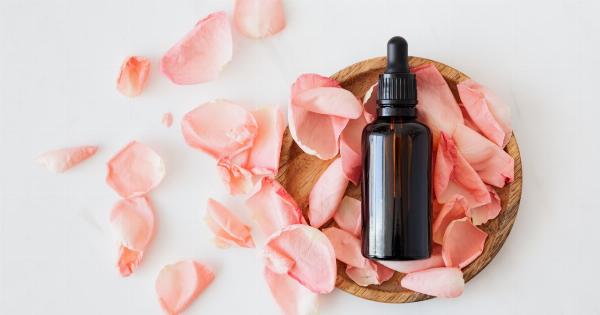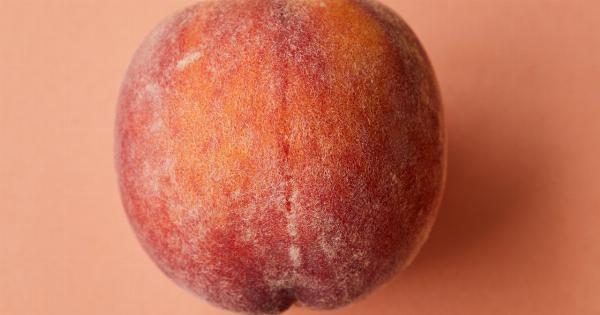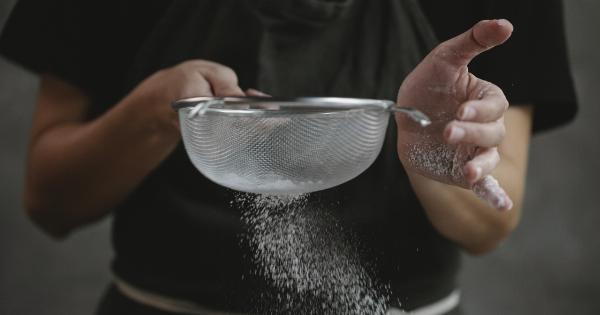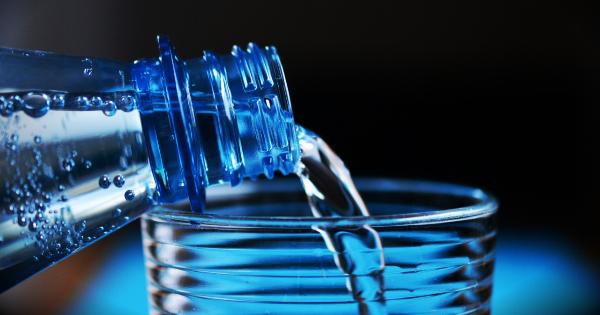When it comes to beauty products, it is crucial to pay attention to their expiration dates. Just like any other perishable item, cosmetics and skincare products have a limited shelf life.
Using expired beauty products can have negative consequences for your skin, ranging from mild irritations to severe infections. In this article, we will explore the reasons why expiration dates matter and provide some tips on how to identify and manage expired beauty products.
The Dangers of Using Expired Beauty Products
Expired beauty products can have a variety of negative effects on your skin and overall health. Here are a few reasons why using expired cosmetics and skincare items should be avoided:.
1. Decreased Effectiveness
As beauty products approach their expiration dates, their active ingredients become less effective. This means that you may not achieve the desired results, such as moisturizing, anti-aging, or acne-fighting effects, when using expired products.
It is always best to rely on fresh and potent skincare items to ensure optimal performance.
2. Skin Irritation
Using expired cosmetic products can cause various skin reactions, including redness, itching, rashes, and even acne breakouts. The integrity of the ingredients in these products may deteriorate over time, leading to harmful effects on your skin.
It’s important to note that everyone’s skin reacts differently to different products, so the severity of the reaction may vary from person to person.
3. Contamination
Over time, beauty products may become contaminated with bacteria, fungi, or other microorganisms. Expired products are particularly susceptible to microbial growth, posing a risk of infections when applied to the skin.
Eye products, such as mascaras and eyeliners, are especially prone to bacterial contamination and should be replaced regularly.
4. Allergic Reactions
Beauty products typically contain a range of ingredients, some of which may trigger allergic reactions or sensitivities. As cosmetics and skincare products age, their chemical composition may change, increasing the likelihood of adverse reactions.
If you notice any allergic symptoms like redness, swelling, itching, or hives, it is essential to discontinue the use of the product immediately.
Identifying Expiration Dates
Many beauty products come with expiration date labels or symbols that indicate how long they are safe to use after opening. Here are some common ways to identify expiration dates on different types of beauty products:.
1. Skincare Products
Skincare products, such as moisturizers, serums, and creams, typically have a small open jar symbol on the packaging.
Inside the symbol, you may find a number followed by the letter “M.” This number represents the number of months the product is safe to use after opening.
2. Makeup Products
Makeup products, including foundation, blush, eyeshadow, and lipstick, often have a small container symbol or a number followed by “M” or “Y” on the packaging.
The number represents the number of months or years the product remains fresh and safe to use after opening.
3. Haircare Products
Haircare products like shampoos, conditioners, and styling products usually have expiration dates printed on the bottle or tube. Look for a date or a symbol that indicates how long the product will remain effective after opening.
Proper Storage and Maintenance
To extend the lifespan of your beauty products and ensure their efficacy, it is essential to store and maintain them correctly. Here are some tips:.
1. Keep Them Away from Sunlight
Exposure to sunlight and heat can degrade the quality and potency of many beauty products. Store your cosmetics and skincare items in a cool, dark place to maintain their effectiveness and prevent them from expiring prematurely.
2. Avoid Contamination
Try to prevent contamination by keeping your beauty products clean and avoiding contact with dirt, water, or any other substances that may introduce bacteria.
Wash your hands before using any product and ensure that the container or applicator is also clean.
3. Don’t Share Your Products
Sharing your beauty products, especially items like mascara or lip gloss that come into direct contact with the skin, can introduce bacteria from one person to another. This can increase the risk of infections and other adverse reactions.
It’s best to stick to using your own products.
When to Discard Expired Products
While it can be tempting to hold onto your favorite beauty products, it’s important to know when it is time to let go. Here are some signs that indicate it’s time to discard expired beauty products:.
1. Change in Smell, Color, or Texture
If a product starts to smell off, develops an unusual color, or changes in texture, it is likely past its prime. Any significant changes in these aspects may indicate that the product has expired or become contaminated.
2. Irritation or Allergic Reactions
If you experience any skin irritations or allergic reactions after using a specific product, it’s crucial to discontinue its use immediately. This could be a sign of the product being expired or unsuitable for your skin.
3. Exceeded Expiration Date
If a product has passed its expiration date, it’s safest to discard it. Ignoring the expiration date can significantly increase the risk of adverse effects on your skin and health.
Conclusion
Expiration dates for beauty products should never be taken lightly. Using expired cosmetics and skincare items can lead to decreased effectiveness, skin irritations, contamination, and even allergic reactions.
It is crucial to identify and understand expiration dates on different types of beauty products and store them properly to maximize their shelf life. Always prioritize your health and wellbeing by using fresh and safe beauty products for optimal results.
